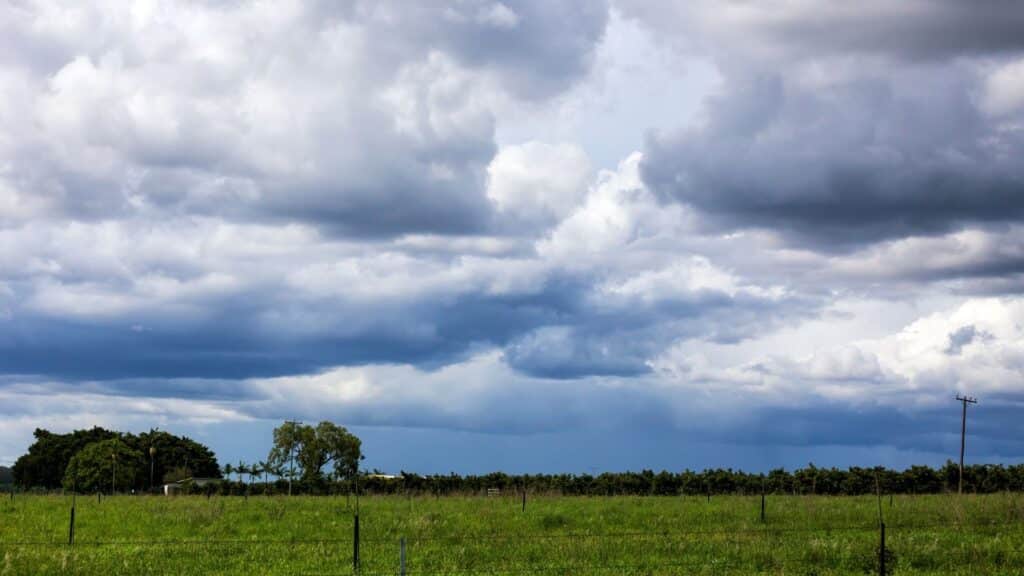Cloud cover, Photosynthesis, and Brix Levels
By Tegan Buchanan

Cloud cover, a plants brix levels, and its photosynthetic capabilities are tied together in a complex web of interaction. The aim of this article is to get to grips with understanding how a plants energy, ultimately their brix level, is impacted because of prolonged cloud cover, and how this influences the plants natural process of photosynthesis.
Brix Level
It is important to understand beforehand what a brix level is and why plants with a higher brix level are healthier. Brix is the measurement of sugar levels, vitamins, minerals, proteins, and other solid content in plants and is measured using a refractometer. When a plant has a high brix level it is an indication that the plant has been grown in a healthy medium, with sufficient nutrients and water. The plant has the capacity to build essential oils to protect itself from diseases, UV radiation, or overgrazing by insects or herbivores. This plant functions at an optimal level of photosynthesis, turning light into yield at its maximum capacity. However, when a plant has a low brix level, this signals a weak plant, one that has not been grown in a healthy medium and is not only underperforming but is also susceptible to pests, disease, and climatic changes. This plant will tend to photosynthesize less, during which time the plant is not able to efficiently use the energy input from the sun to absorb carbon dioxide from the air, and water from the soil, to produce the necessary sugars and carbohydrates that coincide with a high yield.
The impact of cloud cover on photosynthesis
This is where the effect of cloud cover is most prominent on crops. If you think about it, Zimbabwean summers are characterised by hot sunny days only alleviated by the cool afternoon thunderstorms. Although we all wait in anticipation of rain, have you ever given thought to how those thunderstorms impact a plants energy level? Firstly, have a think about what constitutes a thunderstorm. The answer to that is clouds! Not only when a thunderstorm is building, but also after a thunderstorm, there tends to be an increase in cloud cover. This increase in cloud cover can persist for hours if not days. Thus, if your crop is already failing to photosynthesize optimally, as a low brix level would highlight, because it has not had access to the correct soil nutrition, persistent cloud cover would only serve to disturb the process of photosynthesis even further. This will have a detrimental impact on the overall crop performance, where studies have predicted that this costs plants 7.5 to 40% of their yield, depending on the type of plant and temperature.
So, the question becomes, ‘How can one increase the photosynthetic ability of crops during periods of consistent cloud cover?’
At Damara Bio-Agri we supply products with the ability to increase a crops natural process of photosynthesis, such as Vitazyme.Vitazyme is a natural and effective foliar bio-stimulant that can be used on all crops, at a rate of as low as 1 litre per hectare (please consult your agronomist for application rates). Vitazyme operates through multiple active agents, of which include Brassinosteroids, Triacontanol, Glucans, Glycosides and B-vitamins, and through multiple modes of action, which help to maximise crop performance by optimising leaf chlorophyll. Not only this, but Vitazyme is also a cost effective, globally accepted agricultural input, designed to decrease the dependency on and thus usage, of inorganic fertilizer, with the simultaneous benefit of seeing an increase in yield and quality.
For more information on Vitazyme, please contact +263 086 77005277 or email [email protected].
